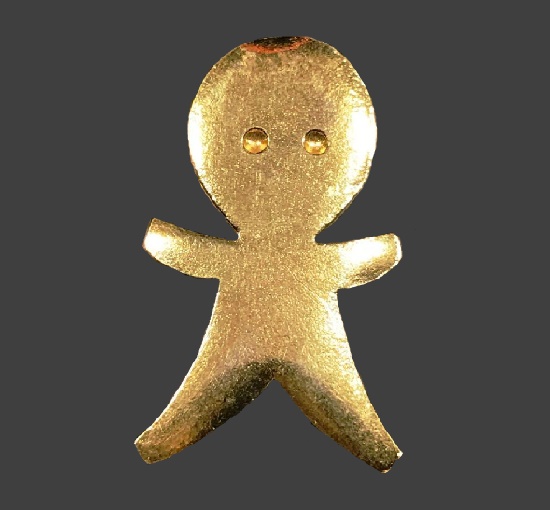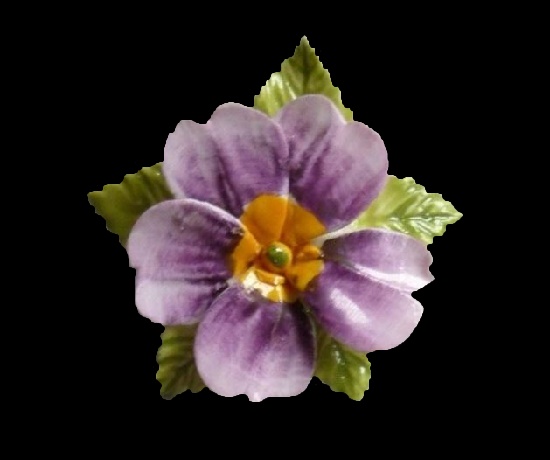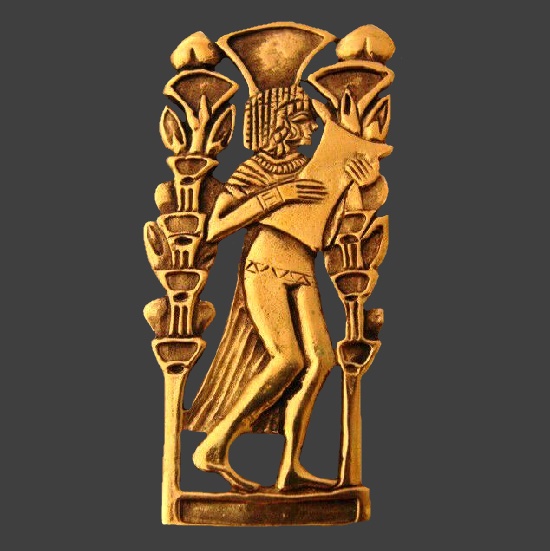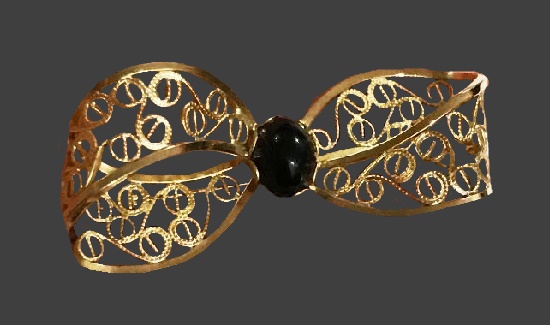Signed Kookai vintage costume jewelry
Signed Kookai vintage costume jewelry
The history of French jewelry brand Kookaï began in 1993, although the company began its activity in 1983. Founded by three friends – Jean-Lou Tepper, Jacques Nataf and Philippe de Hesdin, the company sold fashion clothes and accessories at accessible prices. Headquartered in Epinay-sur-Seine, France, the company opened four stores in Paris. The same year, the company became a subsidiary of Vivarte company (1996). Finally, Vivarte sold Kookai to Magi in 2016.
Noteworthy, Kokai jewelry trademark ceased to exist in 2004.
Handcrafted by French artisans, Kookaï pieces are easily recognizable. Very often, the designs include hippie motifs, minimalist and couture style.
Traditionally, the company’s craftsmen used metal alloys of gold or silver tone, as well as enamel and rhinestones. Also, many decorations include the company logo as well as the Kokai marking.
More »






